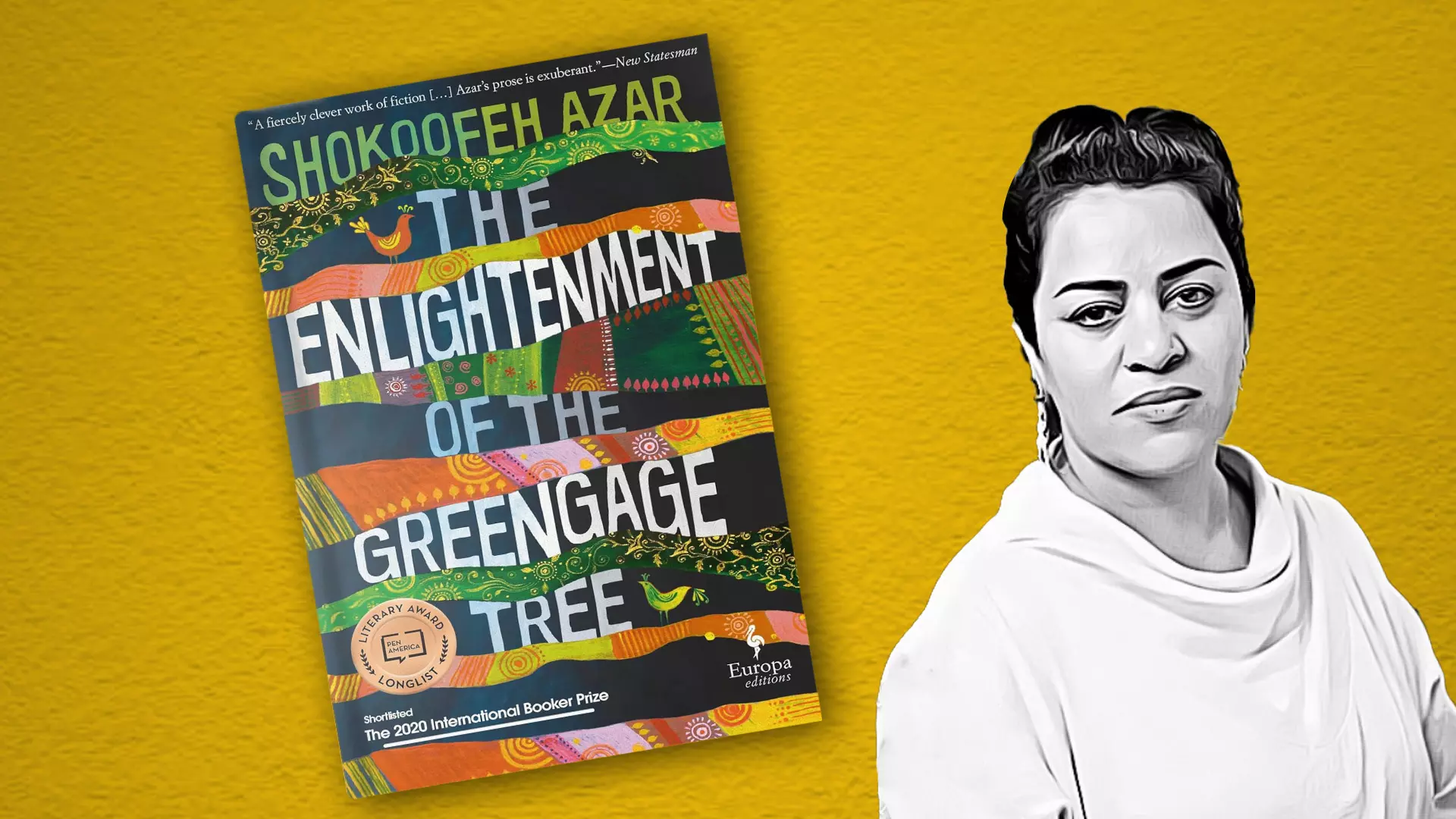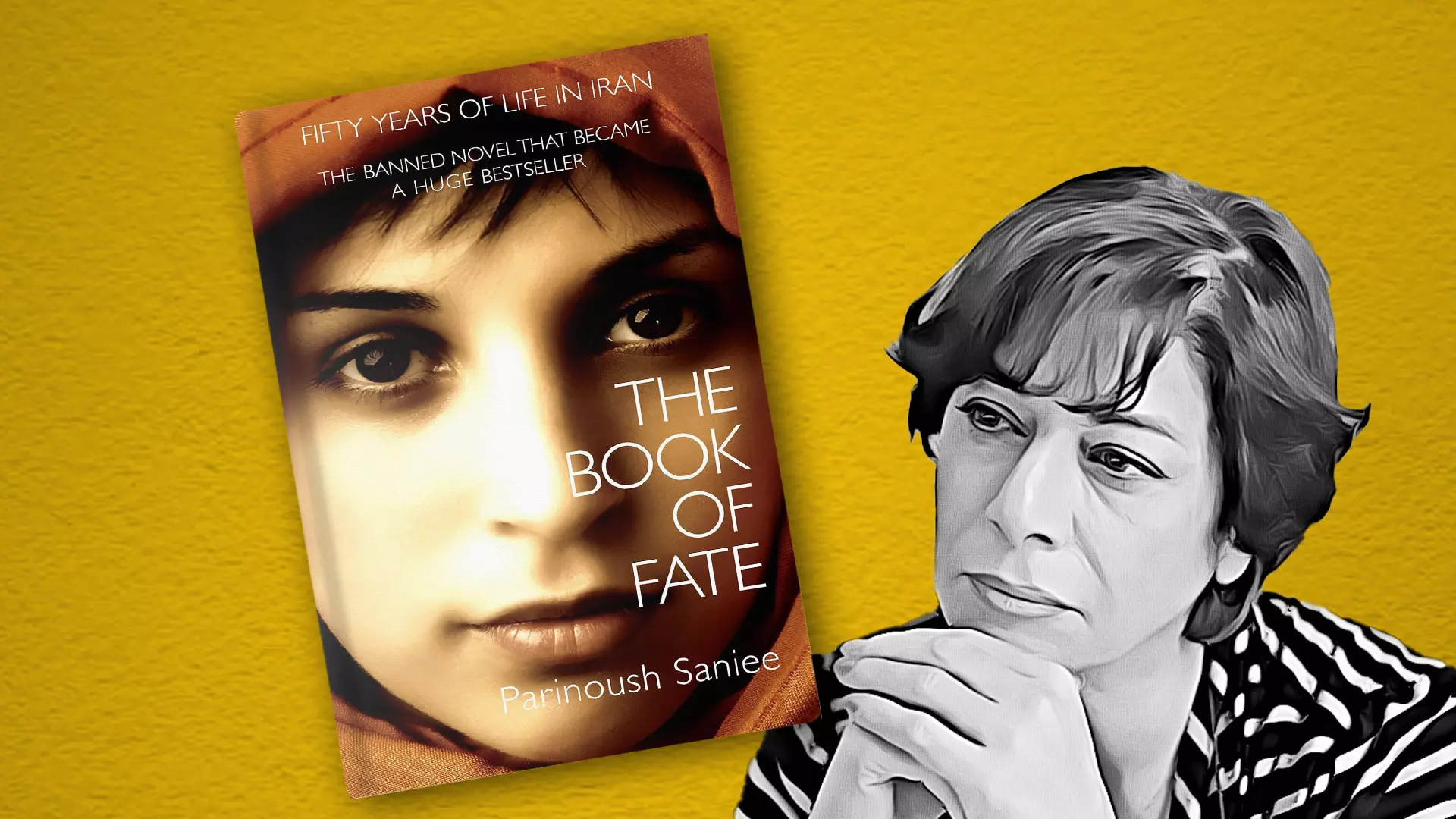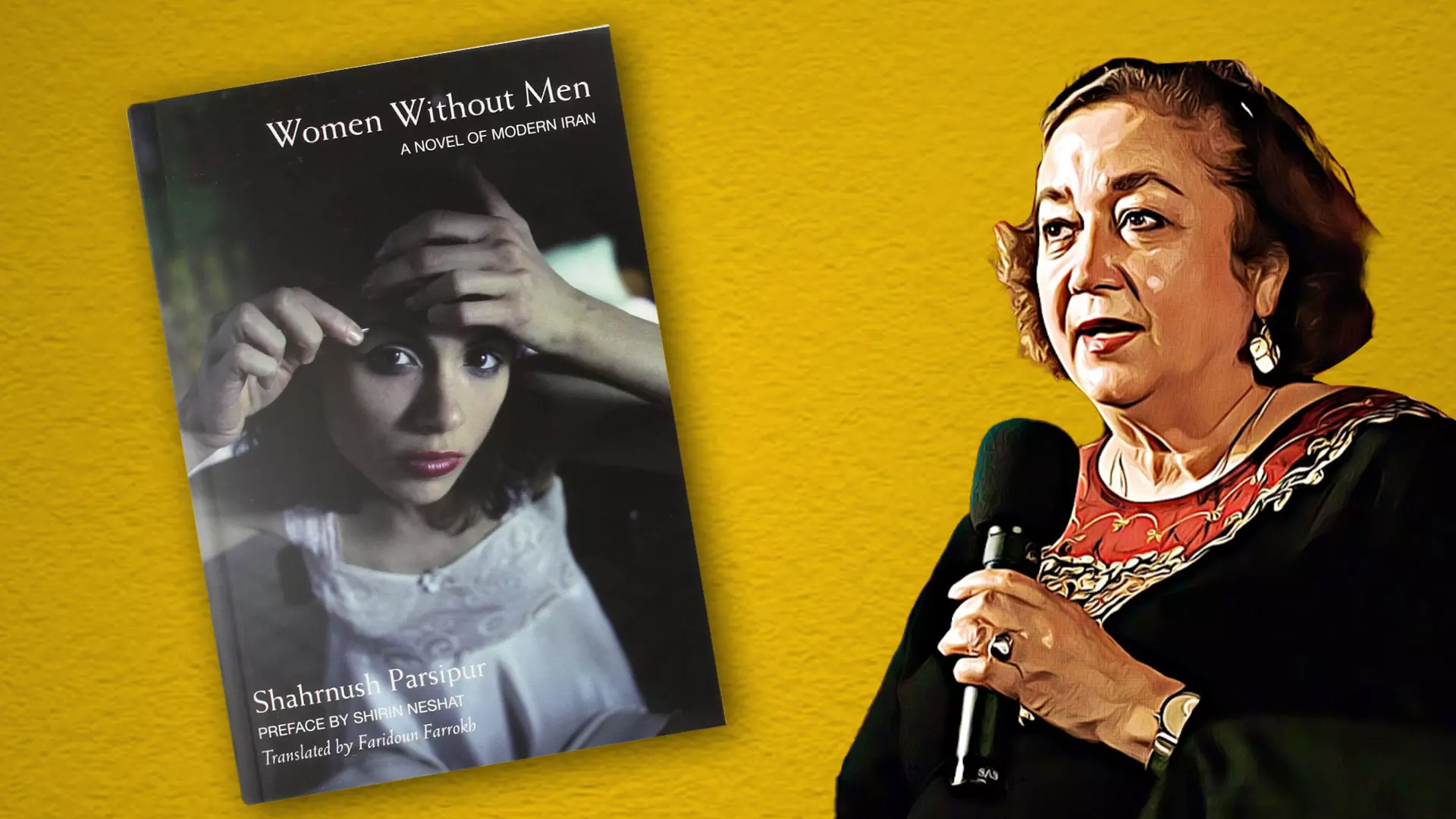
- Home
- India
- World
- Premium
- THE FEDERAL SPECIAL
- Analysis
- States
- Perspective
- Videos
- Sports
- Education
- Entertainment
- Elections
- Features
- Health
- Business
- Series
- In memoriam: Sheikh Mujibur Rahman
- Bishnoi's Men
- NEET TANGLE
- Economy Series
- Earth Day
- Kashmir’s Frozen Turbulence
- India@75
- The legend of Ramjanmabhoomi
- Liberalisation@30
- How to tame a dragon
- Celebrating biodiversity
- Farm Matters
- 50 days of solitude
- Bringing Migrants Home
- Budget 2020
- Jharkhand Votes
- The Federal Investigates
- The Federal Impact
- Vanishing Sand
- Gandhi @ 150
- Andhra Today
- Field report
- Operation Gulmarg
- Pandemic @1 Mn in India
- The Federal Year-End
- The Zero Year
- Science
- Brand studio
- Newsletter
- Elections 2024
- Events
How Iranian women fiction writers portray the Islamic Republic in their work

Set in Shiraz under British occupation during the last years of World War II, A Persian Requiem, the deceptively simple debut novel by Simin Danishvar (1921–2012), Iran’s first woman novelist, is a powerful indictment of the corrupting effects of colonisation, which captures how the occupying forces upend the peaceful lives of the local people, throwing them into a state of conflict....
Set in Shiraz under British occupation during the last years of World War II, A Persian Requiem, the deceptively simple debut novel by Simin Danishvar (1921–2012), Iran’s first woman novelist, is a powerful indictment of the corrupting effects of colonisation, which captures how the occupying forces upend the peaceful lives of the local people, throwing them into a state of conflict. It revolves around a traditional and superstitious woman, Zari, who comes from one of the town’s leading landowning families, and is married to an idealistic feudal landlord, Yusef. Originally published in 1969 under the title Savushun, it has seen more than 16 reprints, sold over a million copies, and remains the most widely read Persian novel till date, instrumental in shaping the world’s understanding of the events leading up to the 1979 Islamic Revolution.
One of the most striking aspects of the novel, translated by Roxane Zand, is its exploration of the impact of modernisation on Iran’s values and customs. As Iran undergoes rapid industrialisation and urbanisation, Zari and those around her must navigate the tension between tradition and progress. The novel depicts Iranian society torn apart by shifting political loyalties that later hardened into support for either Ayatollah Ruhollah Khomeini and his Islamic fundamentalism or the corrupting Westernisation of Mohammad Reza Shah Pahlavi. Yusef wants to protect his people and Zari tries to keep her family safe from external events, but they are helpless before the larger forces of history at play. Yusef’s brother exploits his kinsmen to further his political ambitions; he wants to collaborate with the British. Meanwhile, tribal leaders are rebelling against the government, causing further chaos. Despite the turmoil, Zari tries to maintain a façade of normalcy at home, but the pervasive corruption of occupation eventually shatters her efforts. In the end, the web of political intrigue and hostilities destroys many families.
A central theme in Iranian women’s fiction is the experience of living under a repressive political regime. Some of these works are critical of the Shia clerics, and the Iranian government and its policies; they show us how authoritarianism and censorship impact the lives of ordinary citizens. These writers often face tremendous risks in speaking out against the government, yet they persist in telling their stories with conviction. Australia-based Iranian writer Shokoofeh Azar’s The Enlightenment of the Greengage Tree, which was shortlisted for the 2020 International Booker Prize, is narrated by the ghost of a thirteen-year-old girl named Bahar, whose family of five lived in the village of Razan after the Iranian Revolution.

Written in the style of magical realism, it is the most fascinating and courageous novel about Iran in recent years, and a damning critique of Khomeini, who led the revolution that overthrew the regime of the pro-West Shah Pahlavi in 1979, portraying him as a hapless dictator, who is made to rethink his actions moment before his death, haunted by the ghosts of the executed political prisoners who wander the streets of Tehran in memory of their revolutionary dreams.
Early in the novel, these ghosts issue a diktat to Khomeini: “Either you die right now or you build a palace of mirrors, the instructions for which we will give you in fragments, day by day. The day the palace is completed you will die.” Khomeini is eventually forced to devote a number of hours a day to the construction of his mirrored labyrinth. “For the first time in his eighty-seven years, he had no choice but to take a hatchet in his unsteady hands, cut mirrors with diamond blades, saw wood, and sprinkle his wounds with penicillin powder,” writes Azar. The structure is built, metre by metre, as per the precise instructions fed to Khomeini every minute by the Council of Ghosts composed of war dead and ex-political prisoners.
In one of the scenes, the dictator is confronted by a ten-year-old child. Sample this paragraph: “The child asked, ‘Who are you?’ Then, as though this sight of his reflection in the mirror had restored his strength and self-confidence, Khomeini said, “I am who I am. Someone for whom millions of people voted. Someone who managed an eight-year war. Someone who spread Islam to the far reaches of the earth.” The child smiled slightly and said, ‘Why?’ Khomeini said, ‘Islam must become universal’. Again, the child asked, ‘Why?’ ‘Because Islam is the last and most perfect religion.’ Again, the child asked, ‘Why?’ Heatedly Khomeini exclaimed, ‘There are no whys about it! Your understanding is not yet mature, otherwise you would understand that this question doesn’t have an answer.’ Calmly but insistently this time, the child said, ‘But, really why?’”
Moments before his death, Khomeini is made to realise that he was nothing more than “a silly stammerer who couldn’t even explain his life’s greatest goal for which he had thousands killed or left displaced in foreign lands.” Probing the depths of the child’s question, he comes to understand this: “Whereas in monologue he was a fierce ruler, in dialogue he was nothing but a bearded, illogical little boy, stubborn and pompous. He whispered a single sentence in the last moments of his life: ‘It took eighty-seven years to understand that the intellectual and rational rules of the monologue and dialogue are fundamentally different’.”
Parinoush Saniee’s The Book of Fate (2003), translated by Sara Khalili, which chronicles 50 years of repression, deprivation, abuse and misery, was banned in Iran twice, but is now among one of its bestselling novels. It is centred on an Iranian woman named Massoumeh, whose family moved to Tehran in the late 1960s.

Her overbearing brothers force her into a rushed marriage after she supposedly brings ‘shame’ upon the family with an innocent crush. As her suffering escalates, her Marxist husband, whom she grows to love, becomes a target first of the Shah’s regime and later of the fundamentalists he helped rise to power. Through decades of tumultuous political upheaval, she works tirelessly to sustain her young family, but periods of contentment are invariably interrupted by fresh calamities.
Another interesting novel is Shahrnush Parsipur’s Women Without Men (2012), translated by Faridoun Farrokh. Like The Book of Fate, the novel, is a poignant allegory of life in contemporary Iran, was also banned shortly after it was released due to its portrayal of female freedom. Combining elements of fable and social commentary, it follows the intertwined fates of five women, including a wealthy housewife, a prostitute, and a schoolteacher, who converge to live together in a lush garden near Tehran. Drawing on Islamic mysticism and recent Iranian history, it shows how these women break free from social constraints, envisioning a future in a world devoid of men.

In the short stories in two of her collections, A Mansion in the Sky: And Other Short Stories (2003) and The Pomegranate Lady and Her Sons: Selected Stories (2015), Zohreh Taraghi-Moghadam, better known as Goli Taraghi (84), draws on her childhood in Tehran during the reign of the Shah, her exile in Paris, her subsequent visits to Tehran after the Revolution, and the heartbreak of uprooting and displacement.

Her stories — steeped in love, loss, alienation, and belonging — are rich in style and sensitivity, and offer insights into the social and cultural dynamics of Iranians, both those who left and those who stayed.
